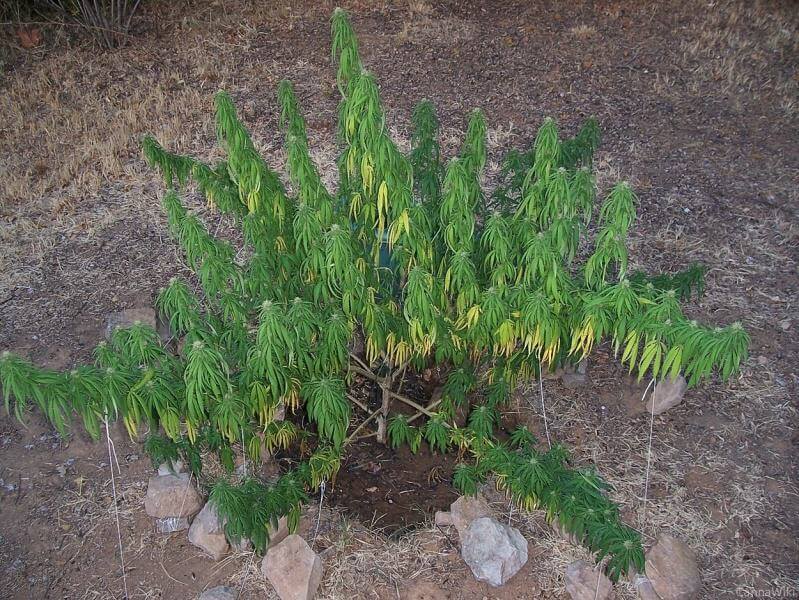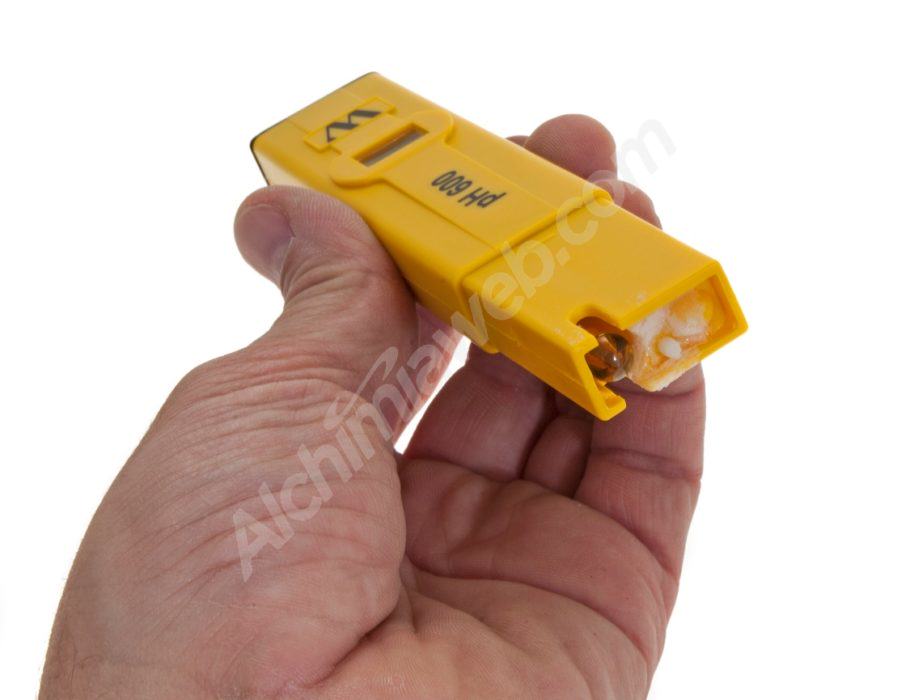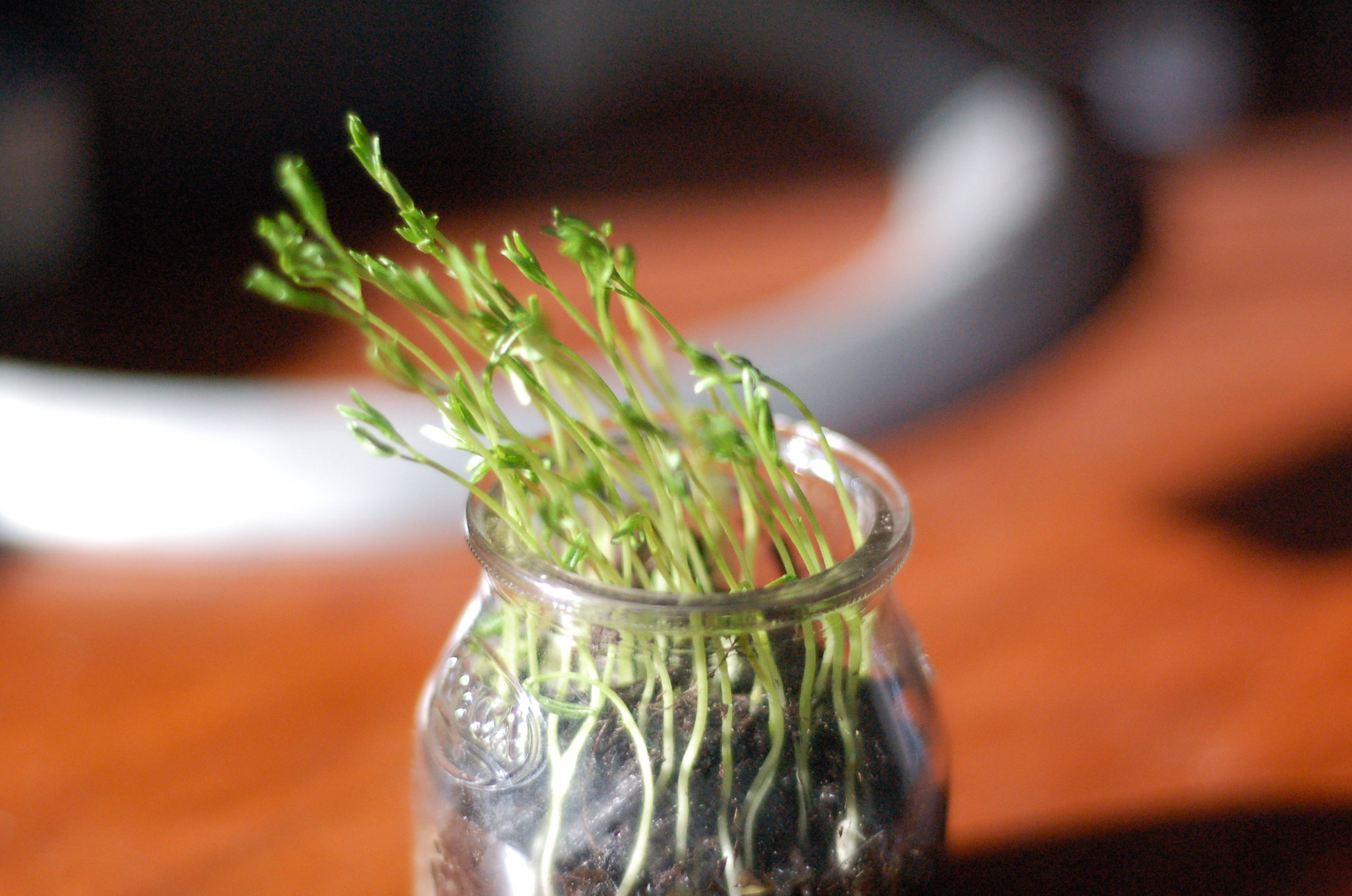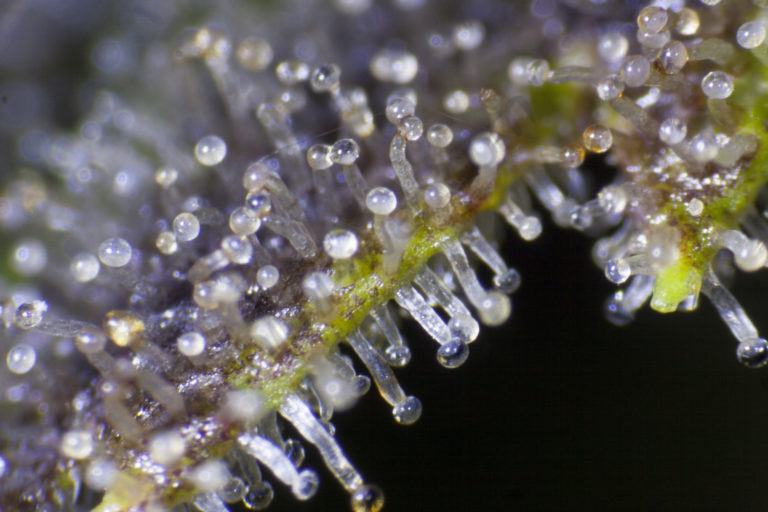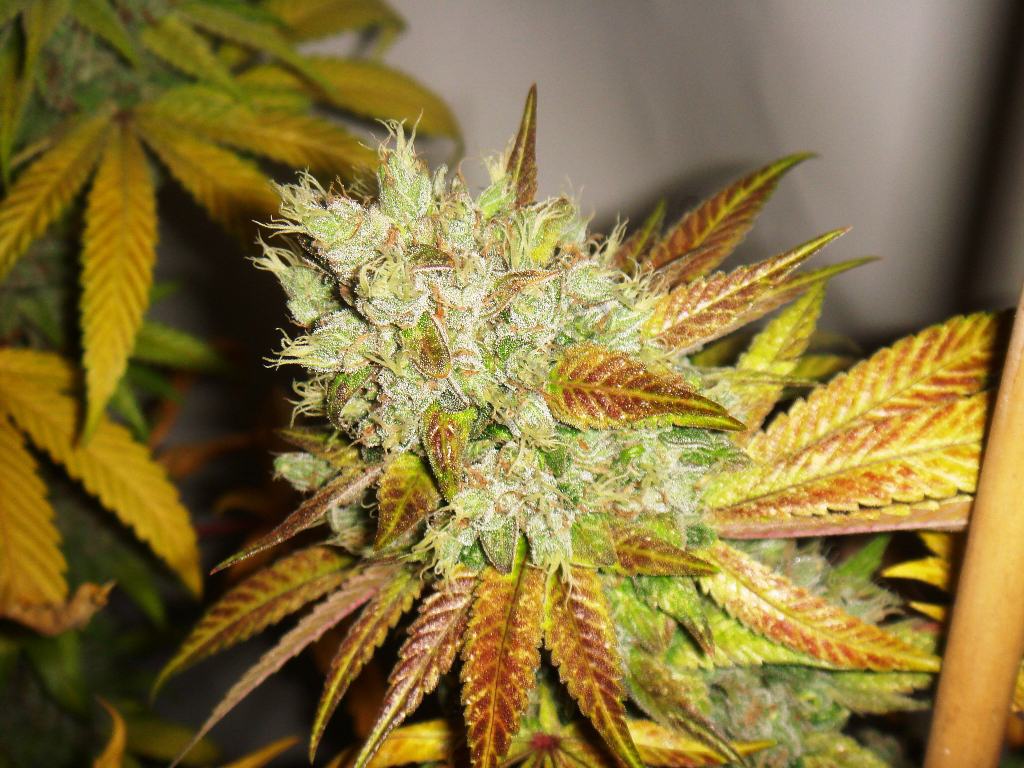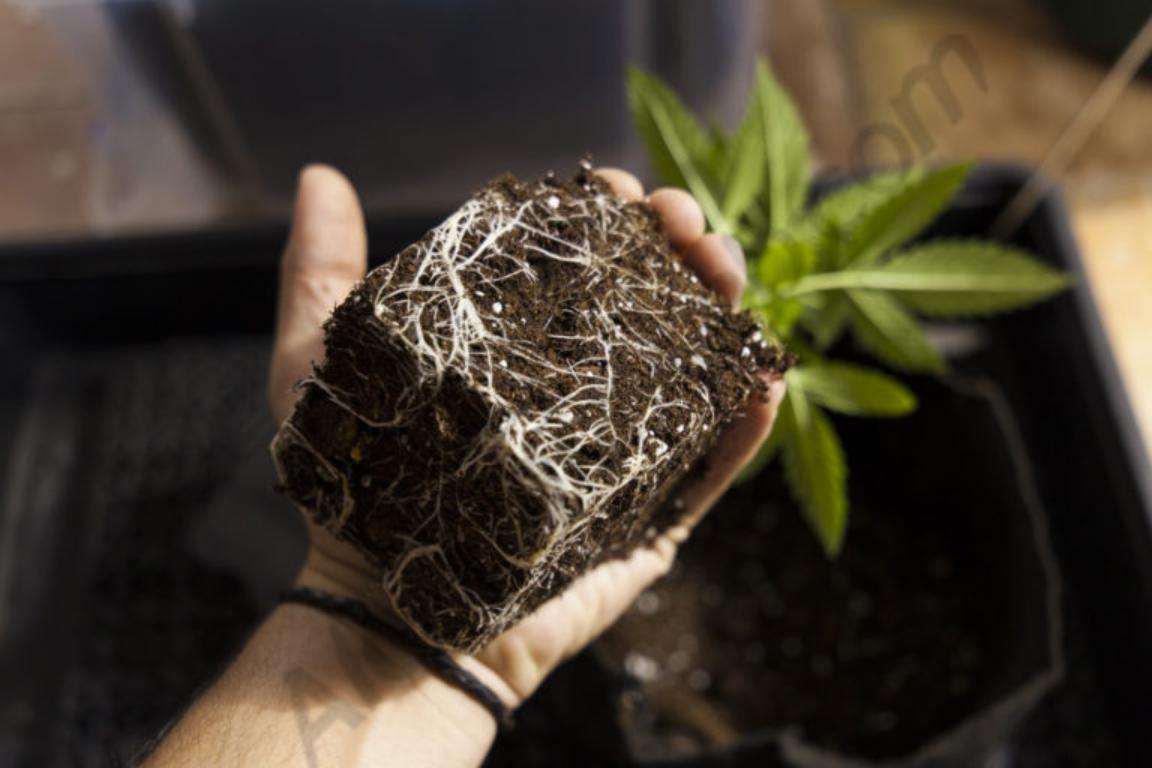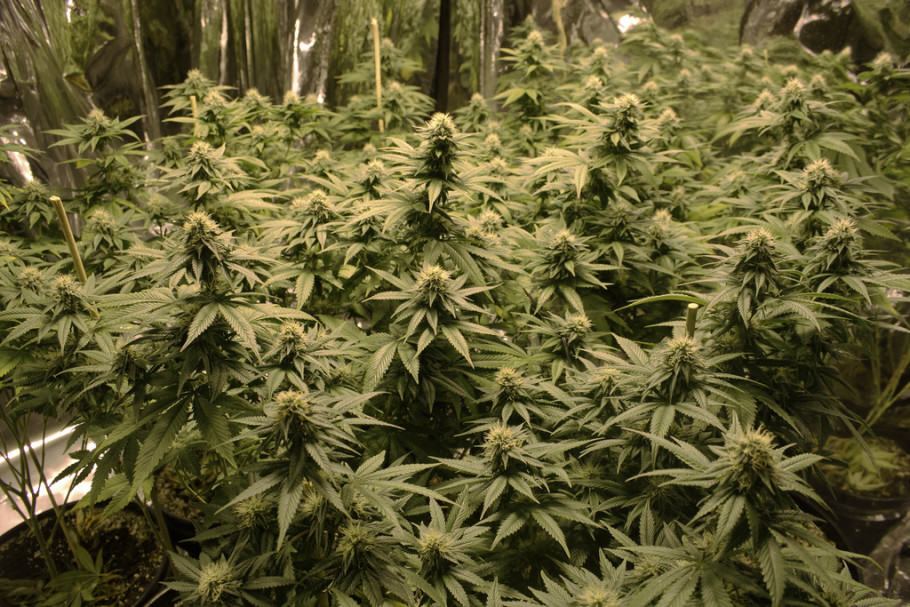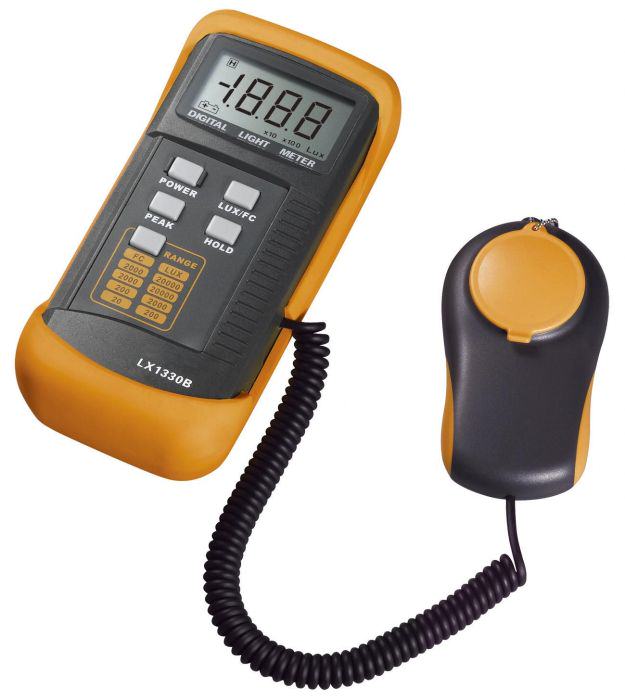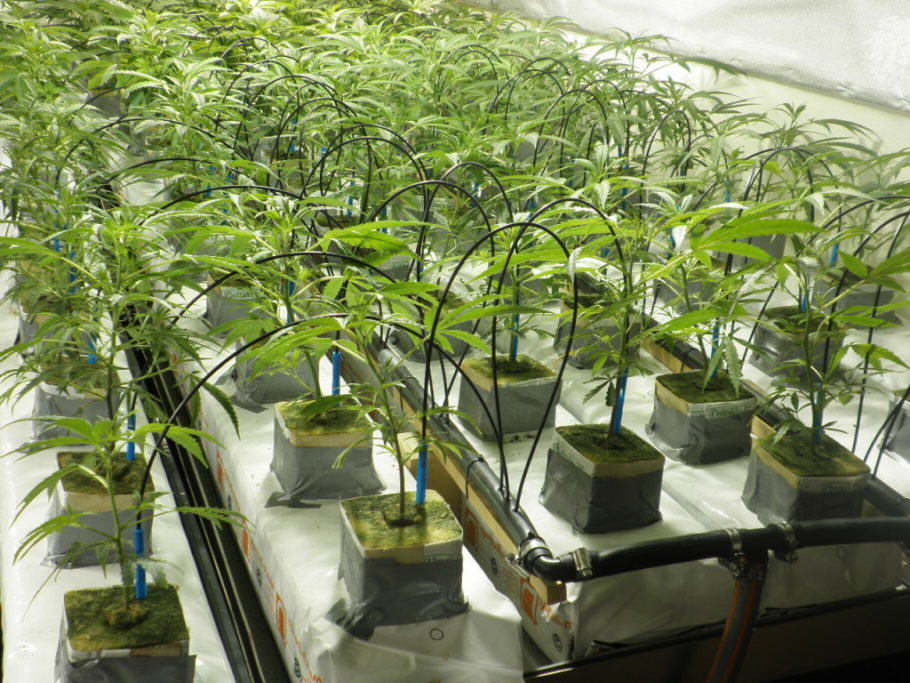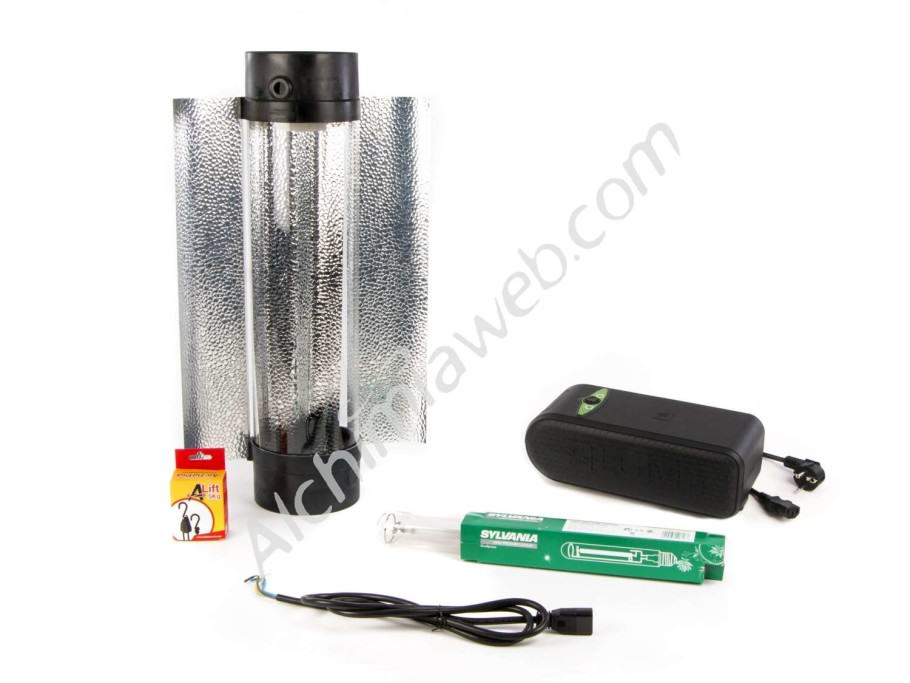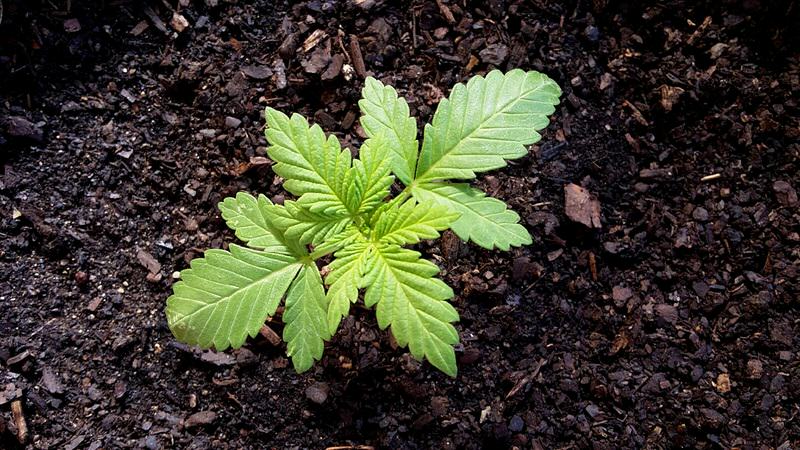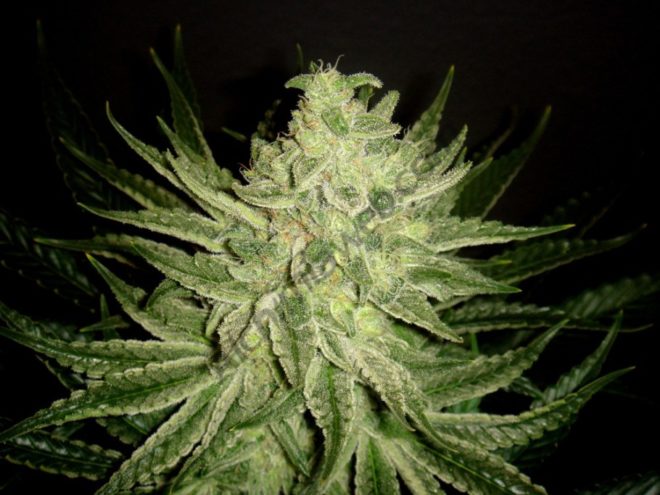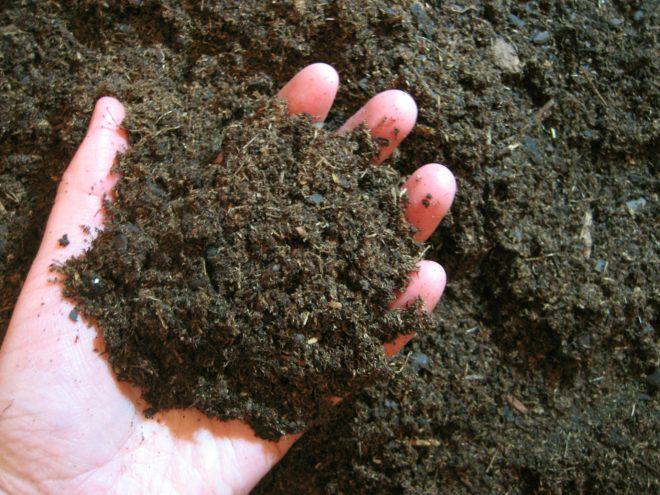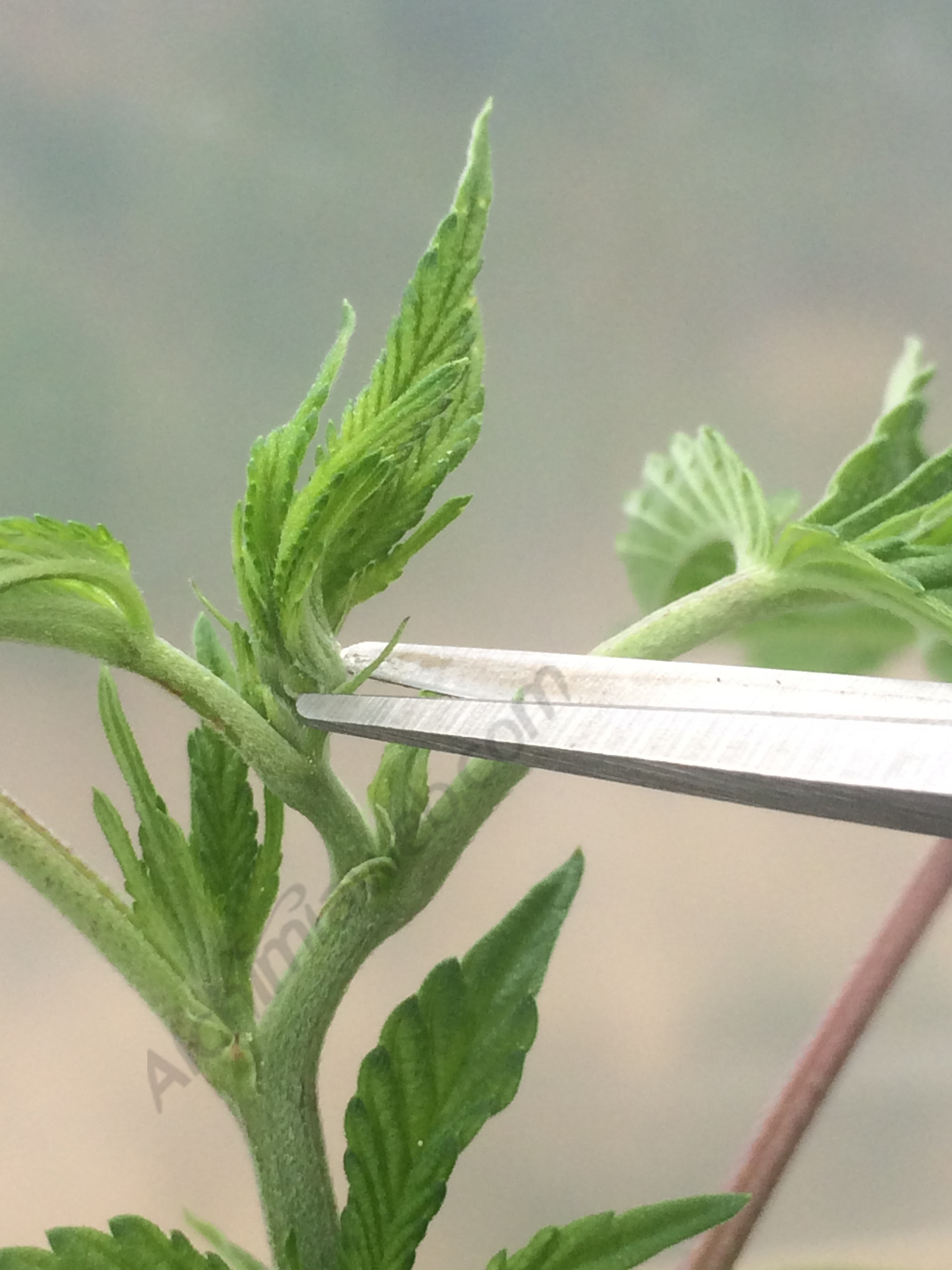Deep cleaning your grow room or tent
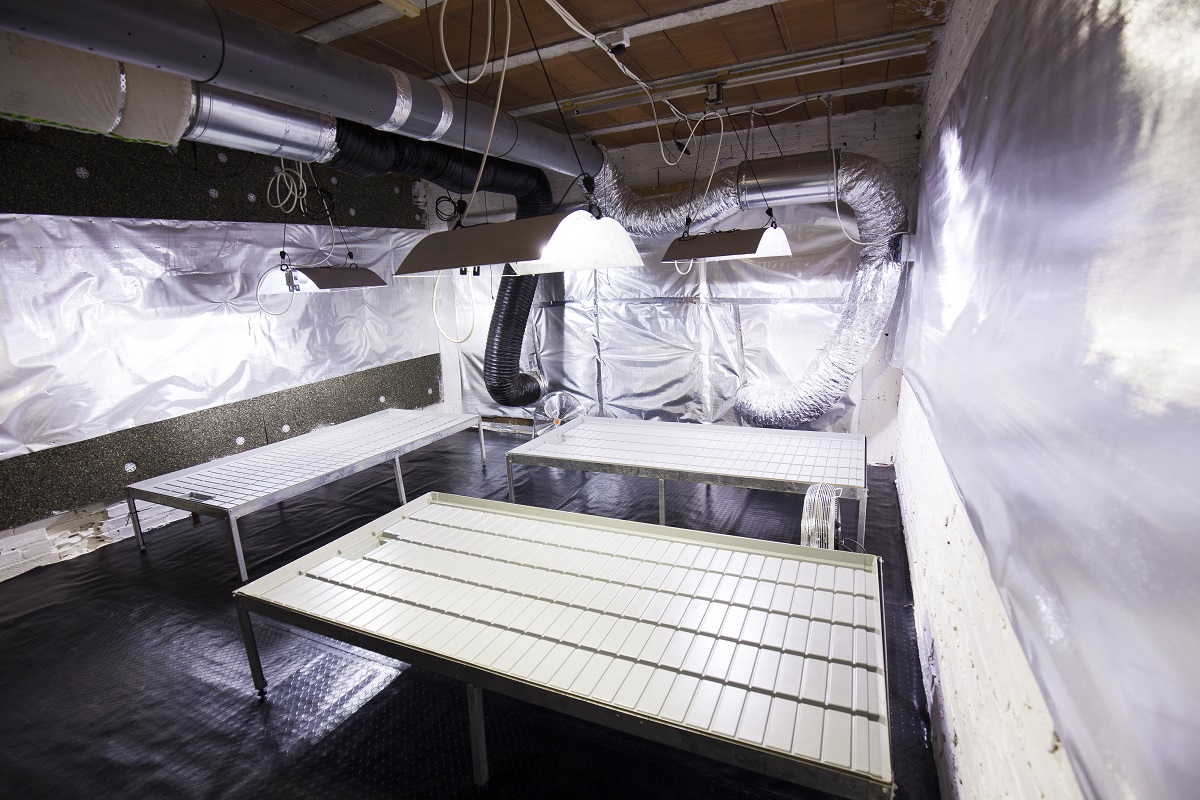
Now that the heat of summer is upon us, and before it ends, many growers will decide to shut down their indoor grow operations until conditions cool down in the autumn. This is partly because their attention shifts towards growing outdoors while the weather is favourable, but it's also because of the increase in ambient temperatures. The hot days, combined with the heat produced by powerful grow lamps, make it a real challenge to maintain the ideal conditions in our indoor garden. With the advent of good quality LED lights and affordable air conditioning these problems are somewhat reduced, but even so, much of Europe still gets far too hot to allow trouble-free indoor cultivation in summer.
So, while your indoor grow area is temporarily out of commission, there's no better opportunity to give your grow tent a thorough deep clean and at the same time double-check that all your equipment is in perfect working order so you're prepared for the much anticipated first crop of the autumn!

































































